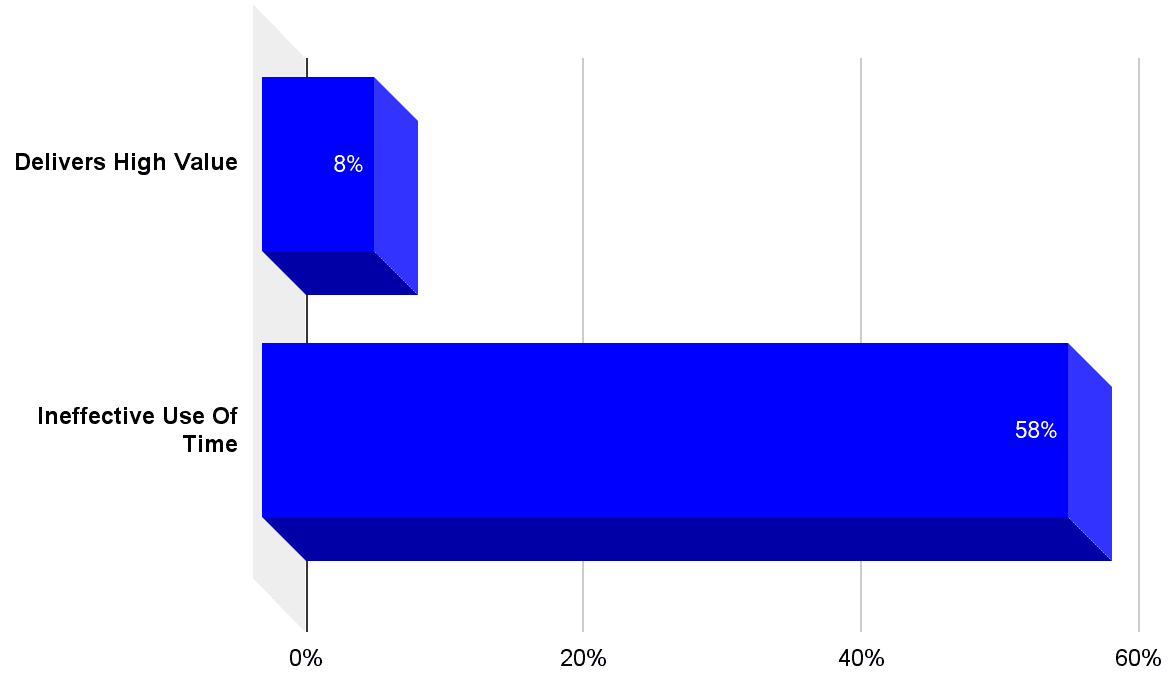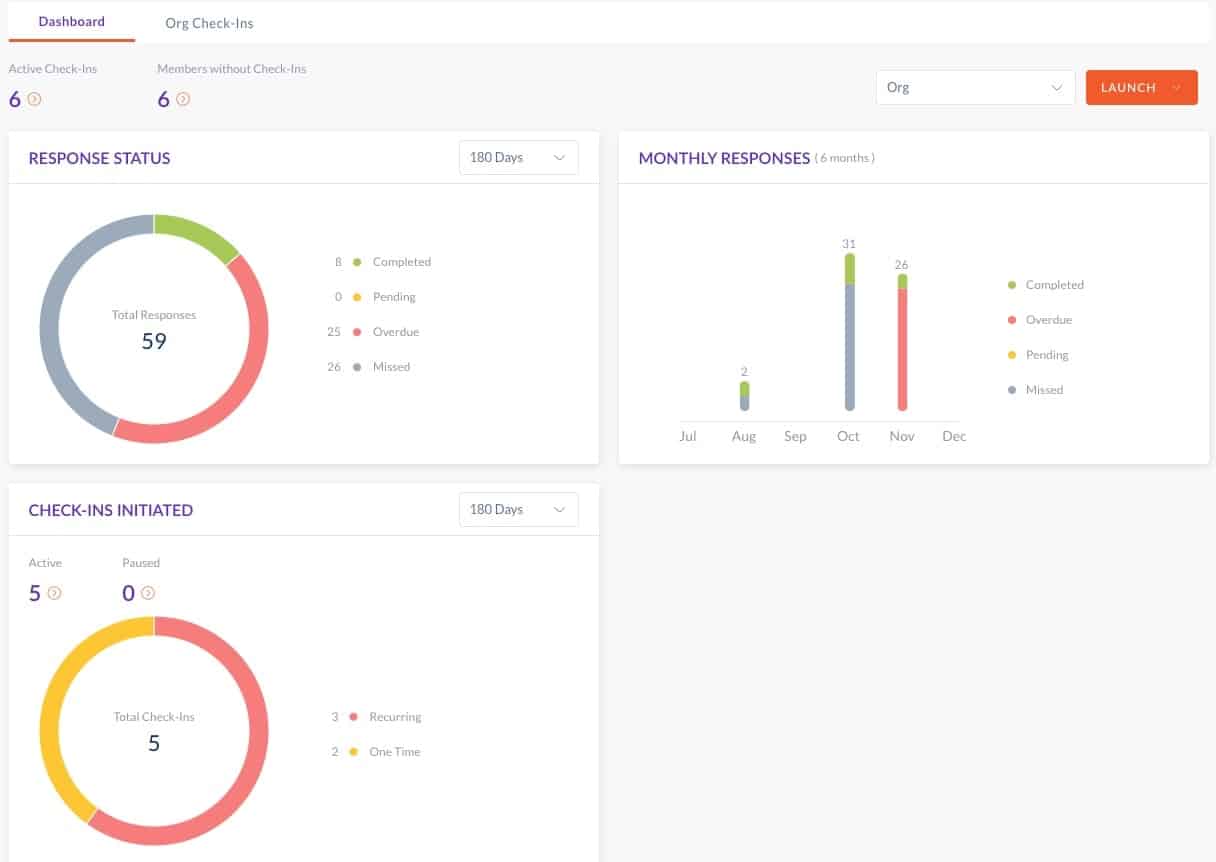Conducting a good performance evaluation is a skill, that you need to develop if you want to have the most productive employee evaluation sessions. If you ask the wrong questions, at best, your employee evaluations will waste time, and at worst, it could actively offend your employees and be interpreted as a personal attack; you don’t want either of these two things happening to you. If you are someone who struggles to ask good performance evaluation questions, don’t worry about it. We’ll guide you on how to write the best performance review questions to make your employee evaluation sessions effective.
Why do you need to ask better performance evaluation questions?
Asking better questions benefits both you and your employees. When you ask insightful questions that balance your employee’s positive and negative aspects, they become more motivated. If you fail to ask constructive and meaningful questions, your employees could experience demotivation and deteriorating workplace relationships.
When you ask the right questions, you frame the entire evaluation session in a productive manner. People react positively to constructive feedback because it encourages them to focus on improvement. Good questions bring out the best in your employees.
Asking specific questions allows you to delve deeply into your employee’s problems and understand how they develop. So, develop an effective and intelligent line of questioning to understand your employees’ challenges.
Naturally, the right way to work on your employee evaluation question skills is to think about what type of questions you need to ask.
How to Structure Performance Review Questions?
A good employee evaluation should be structured logically. You need to ask questions in a logical and rational flow that involves asking relevant questions one after another. For example, you could ask your employee about their performance regarding a specific task, and then follow up by asking whether there was any better way to do it, and then you could ask how that employee could improve their performance in that task.
Also read: What Is A Performance Management System
In this article, we will discuss some tips on how to structure the review questions and also share some sample evaluation questions for employees to get the most out of them.
Tips To Structure Performance Review Questions
Use the following tips on structuring employee evaluation questions for the next review cycle.
1. Gauge Overall Performance
The best way to start an employee appraisal session is to gauge your employee’s overall performance. Doing so will provide you with a useful overall perspective of your employee. It will help you to delve into individual issues and performance aspects. Your goal at this step is to develop the most accurate overall perspective of the employee’s performance.
You can achieve this overall picture by asking relevant objective questions such as “What motivates you to do your job?”, or “Do you feel satisfied with your overall performance in your job?”. These questions help deepen your understanding of where your employees think they stand. Remember that your employees’ answers are just their perspective, so try to balance their perceptions with objective employee performance data.
One thing you don’t want to do is to ask vague or intimidating questions like “How would you rate your performance out of 10?”. These questions only add to your employee’s anxiety, and it would frame the session in a hostile way. This part of the session should conclude with you developing an accurate overall idea of your employee’s profile.
2. Employee Strengths
Research by Gallup highlights that employees who received feedback on their strengths had 14.9% lower turnover rates than those who received no feedback.
The second phase should be to focus on your employee’s strengths. The benefits of approaching things positively is that it uplifts your employee’s morale. Another benefit of starting positively is that it will make addressing their problems later on easier.
In this stage, ask your employee performance evaluation questions like “What personal strengths do you think help you the most with your job?”, or “What do you feel makes you a good employee?”. When you phrase questions positively, your employees will also see them in a better light. You will come across as a caring and concerned manager. These questions also offer your employees the opportunity to share their opinions or concerns with you.
One of your goals is to better understand the mindset of your employees in terms of their strengths. What you want is to really pinpoint exactly those things that your employees believe they do best and evaluate how accurate their assessments of their own skills are. This part of the session should conclude with you being able to list perceived strengths and abilities of your employees. Remember to also balance the information your employee gives you with objective employee performance data for a more objective overall analysis.
3. Identifying Areas of Improvement
Once you’ve figured out what your employees feel they do best, it’s time to focus on what they do worst. Every employee, no matter how skilled or experienced, will always have areas that need improvement. Sometimes, your employees will recognize it, but other times, you’ll have to guide them.
Start this segment by asking your employees about their opinion on their weakest areas, but don’t phrase the questions in a hostile manner. Ask something like “What do you want to focus on improving the most?”. Avoid asking anything like “What’s your biggest problem?”. Phrasing your question in a positive way makes it easiest to discuss your employee’s problems, which is a naturally controversial topic.
It’s important to handle this session with the utmost care because employees can very easily interpret questions about their problems as being hostile. No one enjoys receiving value judgments about themselves, so it’s important to provide that information carefully. You do not want your employees to feel insecure.
When done properly, your employees will walk away from the improvement section with a renewed sense of purpose and increased determination.
Also read: 10 Benefits of 360 Degree Feedback
4. Help Them Understand The Current Role
Once you and your employee have understood your employee’s problems and strengths, it’s time to focus on your employee’s current role. For this section, your goal is to develop a concrete perception of your employee’s tasks and clarify anything they don’t misunderstand.
The relevant employee evaluation questions you need to ask are “ What is your number one goal in your current position?”, and “What tasks do you enjoy completing the most?”. These questions will clarify your employees’ understanding of their position. During this part of the session, you should be especially diligent to note down any specific misconceptions that your employees have.
You should then focus on correcting those misconceptions. Employees need to understand what their purpose is in the organization. By offering this clarification, not only will your employees do their jobs better, it’ll also improve morale by hinting about future advancements. This section will have been successful if it concludes with both you and your employee having a shared definition of their role in the company.
5. Providing Future Outlook
After giving your employee’s a better understanding of their position today, it’s time to raise their expectations by giving them a glimpse of tomorrow. In this section of the performance review, it’s time to demystify your employee’s future in your company, what they can and can’t achieve, as well what skills they need to do it.
Ask performance evaluation questions like “What position do you want to achieve in the future?”, and “What are your most important goals for the next quarter?”. These questions will allow you to gauge your employee’s level of future planning and assist them in working towards those goals. Your priority when asking these questions is to fully understand what your employees want in the future and to guide them on how they can get it.
After your employees answer your questions, you need to steer the conversation in terms of what they could realistically achieve in a given timeframe, and how. You need to inform them of all the skills, experiences, and achievements they need to fulfill their ambitions. Doing so will motivate your employees because they’ll have a better perspective on what to do. The goal of this session is to give an optimistic picture to your employees about their future.
6. Manager-Employee Relationship
Now that you know what your employees think about themselves, what their goals are, and you’ve given them guidance on how to achieve those goals, it’s time to focus on their relationship with you. An employee could be the most ambitious and talented individual in the world, but if they view their direct superior, you, as a roadblock to their ambitions, your workplace relationship will deteriorate. The goal of this portion of the session is to investigate your employee’s opinion of you and give them hope their concerns will be addressed.
You need to ask performance appraisal questions like “What can I do to make work better for you?” and “How do you feel about working under my leadership?”. These questions will provide your employees with the freedom of expression to convey their concerns to you in a calm and rational manner.
The most important part of this process is to not force your employees to reveal information they don’t want to. Instead, your employees should feel that this is a friendly invitation to offer constructive criticism to correct any management problems they face. You need to reassure your employee that their concerns will be addressed. You’ll know you’re successful if your employee walks away from this section feeling their problems are about to be fixed.
Questions to ask in Performance Reviews (Sample)
Performance Review Questions: Overall Performance
- What all accomplishments are you proud of in this year?
- State some of the factors that motivated you to achieve your goals.
- What all goals were to able to achieve?
- What goals did you fall short of?
- What all factors kept you going to achieve your goals?
- What work setup do you think is the most productive for you?
Performance Review Questions: Employee Strengths
- What personal and professional skills do you think are important for you to achieve your goals?
- What job competencies do you possess?
- What kind of job role defines you?
- What are some specific tasks or projects where you feel you excel?
- What do you believe are your top three strengths as an employee?
- Can you give an example of how you have used your creativity or problem-solving skills to benefit the organization?
Performance Review Questions: Improvement Areas
- What according to you are your areas of improvement?
- Are there any deliverables in which you could have done better?
- What are your focus areas for the next quarter?
- How can the management support you in doing better in your job?
erformance Review Questions: Current Role
- Are there any parts of your current job role that you do not like?
- What responsibilities do you like in your current role?
- How does your role add value to the organization?
Performance Review Questions: Future Outlook
- What does your ideal future profile look like?
- What personal skills do you plan to build for the next 3 to 4 quarters?
- Do you think you have the right resources to build your desired future profile?
- What role would you like to take in the next 2 to 3 years?
- What are your long-term career goals and how do you see your current role fitting into those goals?
- How do you see your skills or job responsibilities evolving in the next year?
- How do you envision your role and responsibilities changing in the next year, and what do you see as potential challenges or opportunities?
Performance Review Questions: Manager-Employee Relationship
- Is there any instance where did not get enough support from the manner?
- Do you require more personalized feedback on the performance?
- Are there any suggestions you would like to put forward to make our relationship better?
- Do you think you get enough recognition for your work?
- Would like to receive feedback, in-person or virtual?
Also read: Five Ways To Build Better Teams
Conclusion
The performance review session concludes after the previous set of employee evaluation questions. You’ll know that the performance review session was a success if, after completion, your employees have a better understanding of their position, their strengths, weaknesses, ambitions, limitations, and problems. The session should provide your employees with a renewed sense of purpose and motivation, invigorating them to work better the next quarter. As long as your questions are direct, objective, clear, and insightful, meaning you ask the best performance review questions, your session will be a great success.




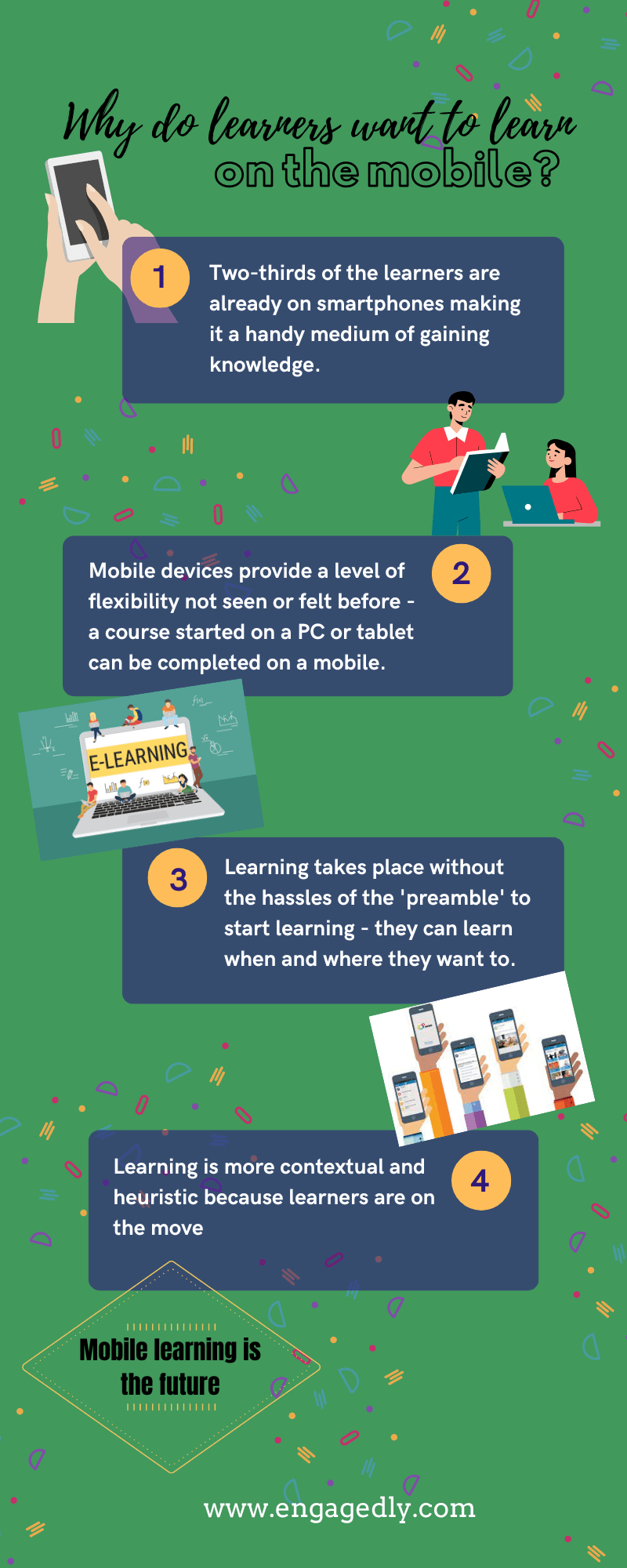



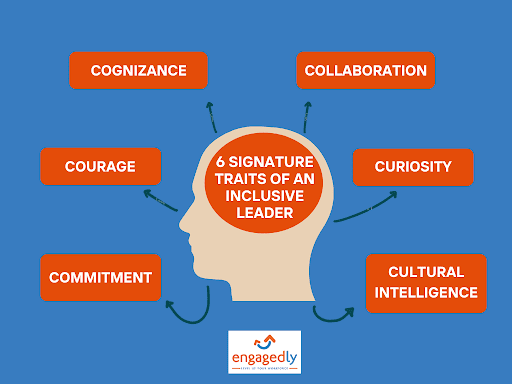




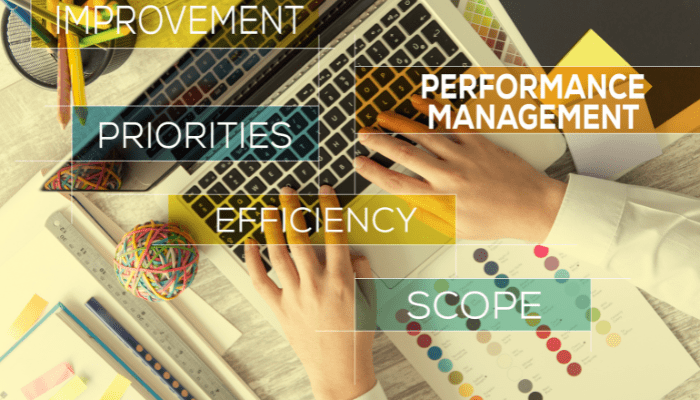


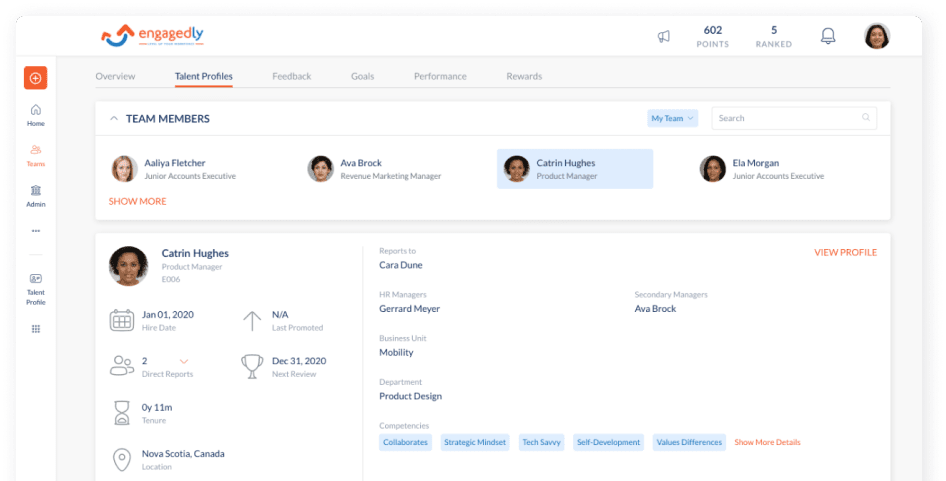







 Source: hbr.org
Source: hbr.org Source: Zippia.com
Source: Zippia.com Encourage Feedback
Encourage Feedback Process Automation
Process Automation
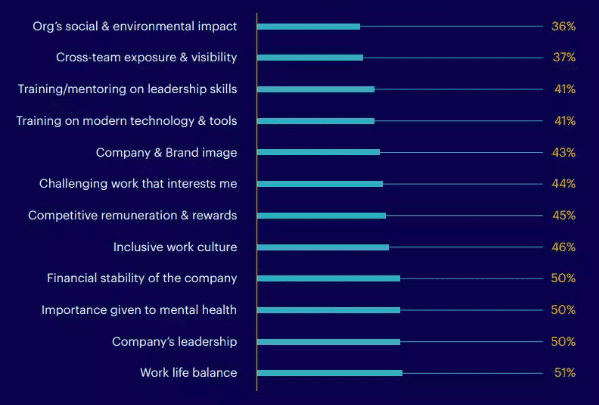
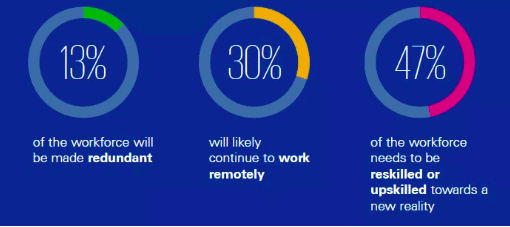
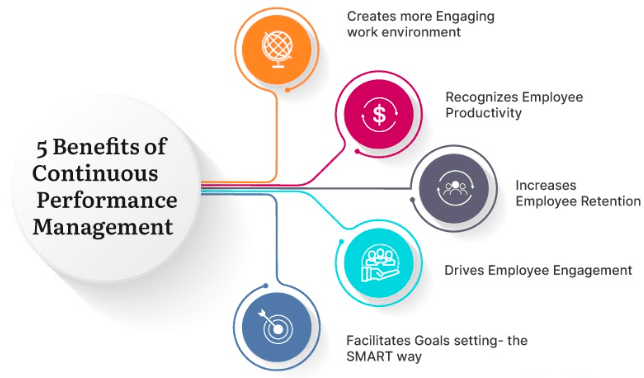 Source: Profit.co
Source: Profit.co